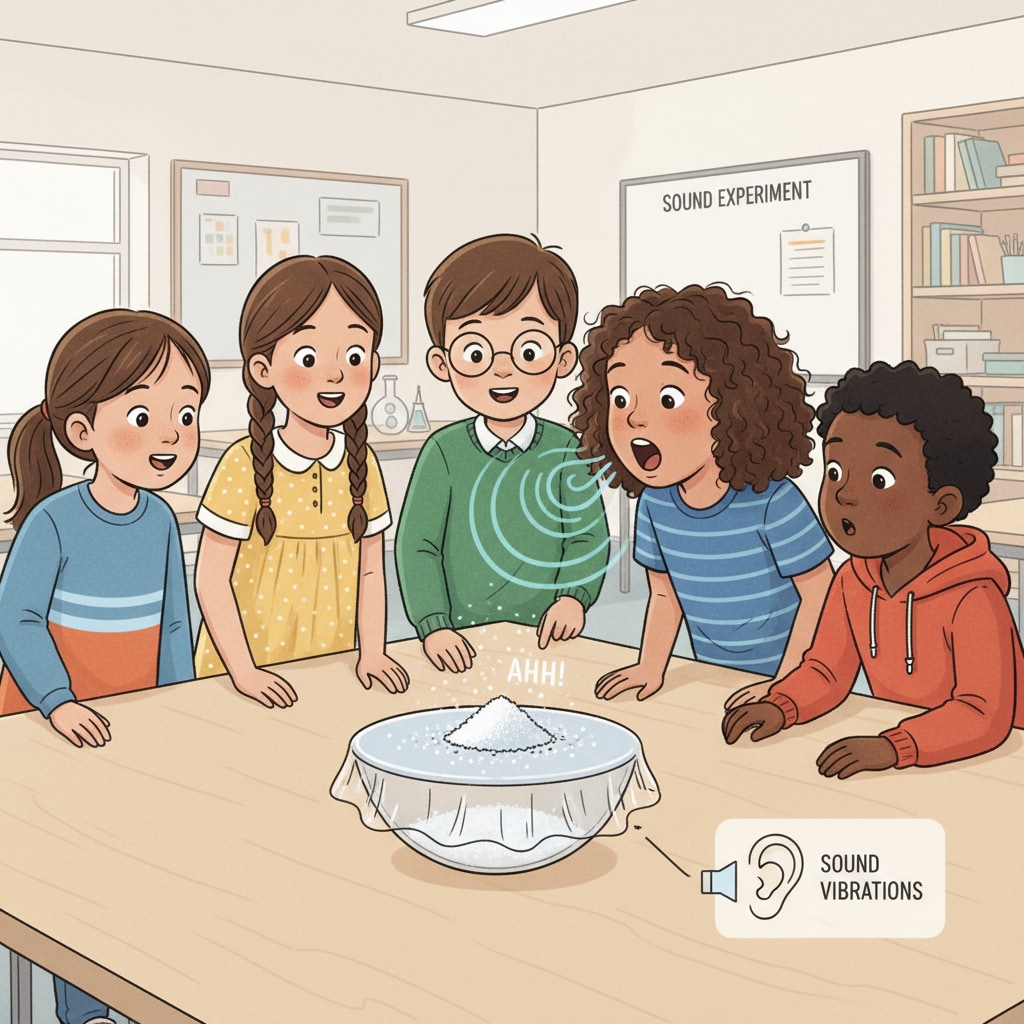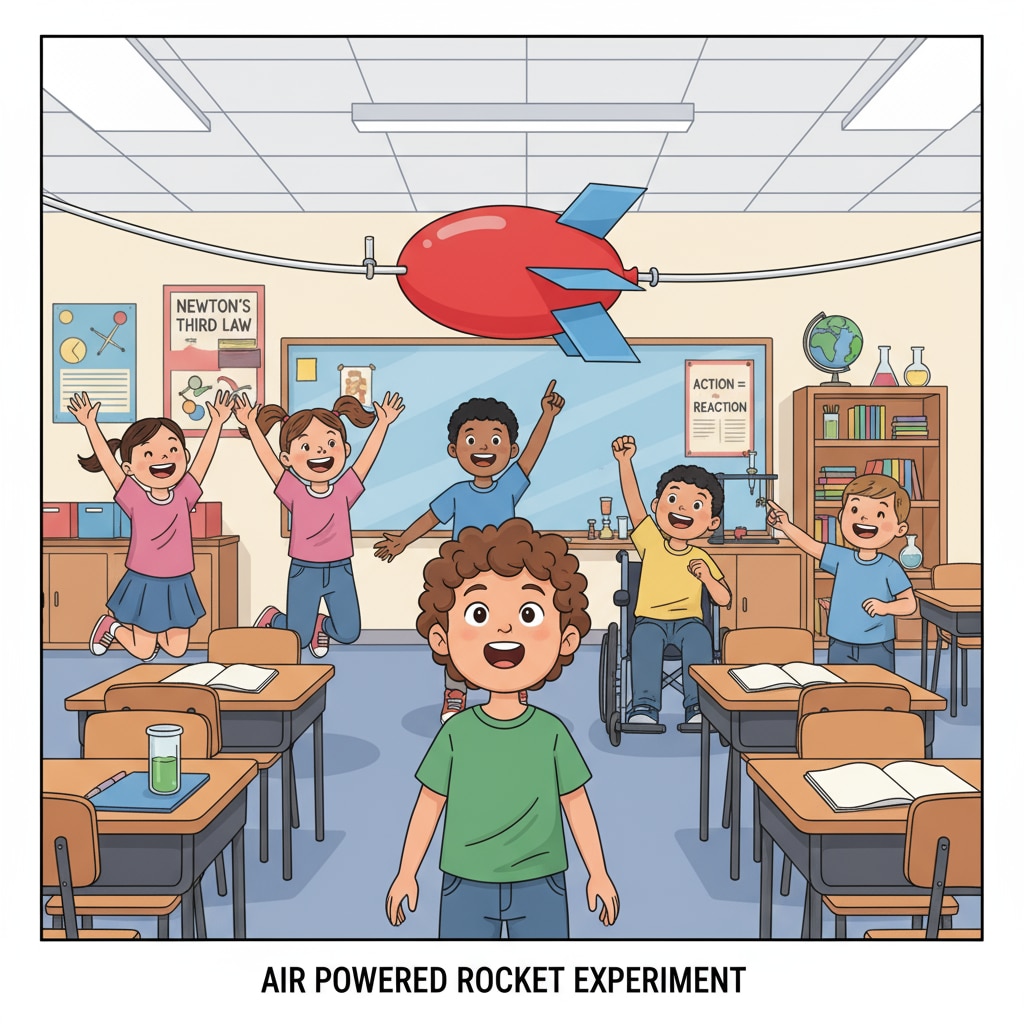The world of science is a fascinating place, especially for young minds. Science fairs, with their blend of children’s experiments and the application of the scientific method, offer an excellent opportunity for kids in the lower grades (1 – 4) to explore, learn, and have fun. In this guide, we’ll walk you through some easy yet engaging science fair projects that can be done with common household items.
Why Science Fairs are Great for Young Children
Science fairs are not just about winning awards. They play a crucial role in a child’s development. For example, they encourage children to ask questions, make observations, and seek answers. This process of conducting children’s experiments using the scientific method helps in building critical thinking skills. According to Britannica’s Science Education page, hands-on learning experiences like those in science fairs can enhance a child’s understanding of scientific concepts.

Four Fun Experiments for Lower Grade Children
These experiments are designed to be simple, safe, and fun for 1 – 4 graders. They use items that can be easily found at home or in school.
- Experiment 1: The Dancing Salt
Materials needed are a bowl, plastic wrap, and some salt. Stretch the plastic wrap over the bowl and sprinkle salt on it. Then, make loud sounds near the bowl. The salt will start to “dance” due to sound vibrations. This simple experiment teaches children about sound waves.
- Experiment 2: The Color-Changing Milk
You’ll need a shallow dish, milk, food coloring, and a cotton swab dipped in dish soap. Put milk in the dish, add drops of food coloring, and then touch the coloring with the soapy swab. The colors will spread and create beautiful patterns, demonstrating the properties of surface tension and chemical reactions.
- Experiment 3: The Growing Crystals
For this, you need water, Epsom salt, a jar, and a string. Dissolve a large amount of Epsom salt in hot water and pour it into the jar. Hang the string in the jar. Over time, crystals will form on the string. It shows the process of crystallization.
- Experiment 4: The Balloon Rocket
Use a balloon, a straw, a long string, and some tape. Thread the string through the straw, tape the balloon to the straw, blow up the balloon, and let it go. The balloon will move along the string, demonstrating Newton’s third law of motion.

The Scientific Method in Children’s Experiments
Even in these simple projects, the scientific method should be followed. First, the child should ask a question, like “Why does the salt dance when we make a sound?” Then, they make a hypothesis, which is an educated guess. Next, they conduct the experiment, record their observations, and finally, draw a conclusion. This systematic approach, as explained on Wikipedia’s Scientific Method page, helps children understand how real scientific research is done.
Readability guidance: We’ve used short paragraphs and lists to summarize key points. Each experiment is presented as a clear list item. The passive语态 has been kept to a minimum, and transition words like “for example” and “then” have been used to make the text flow smoothly.


